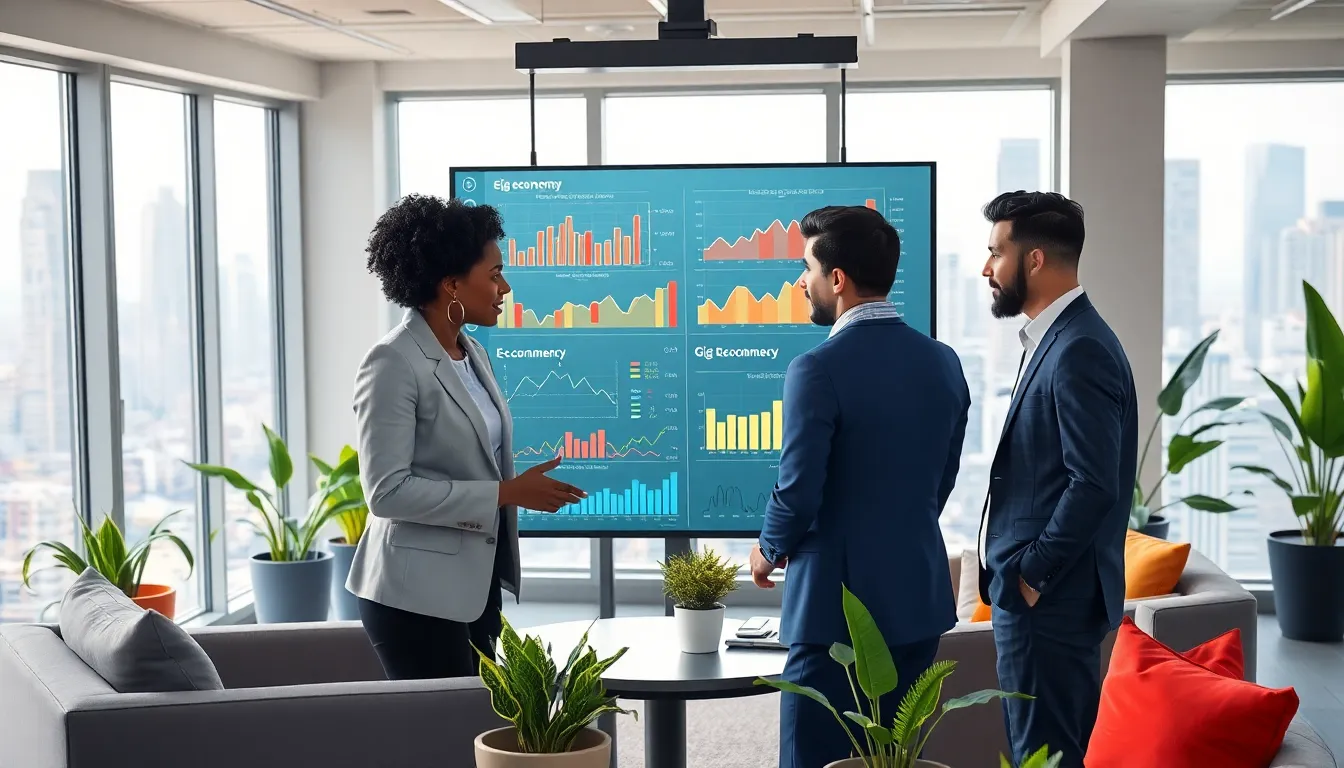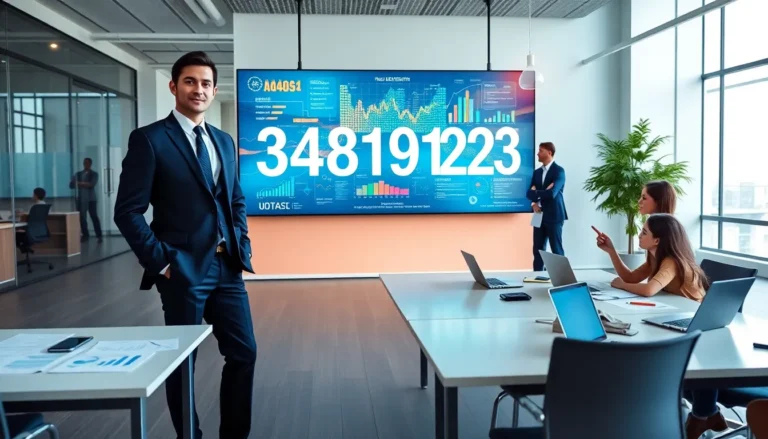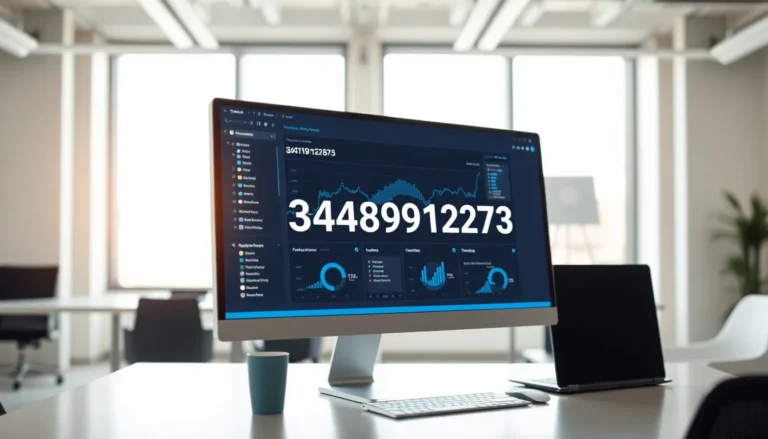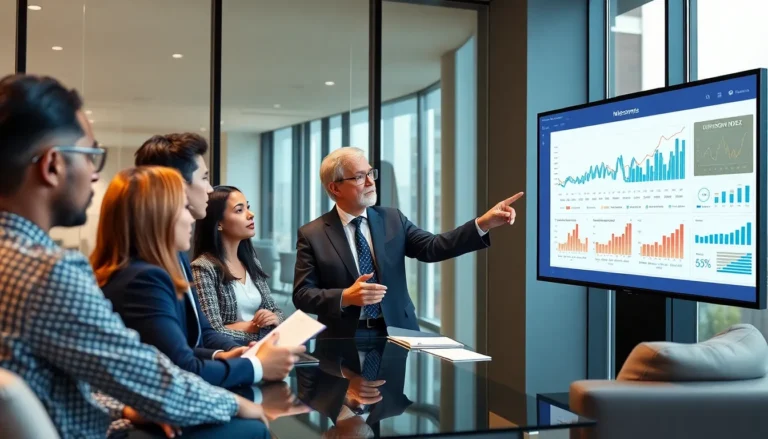In a world where the economy can swing from boom to bust faster than a cat on a hot tin roof, understanding economic trends is more crucial than ever. These trends aren’t just numbers on a page; they’re the pulse of the market, guiding businesses and consumers alike through the financial jungle. From the rise of e-commerce to the gig economy’s explosive growth, spotting these trends can mean the difference between thriving and just surviving.
Table of Contents
ToggleOverview of Economic Trends
Understanding economic trends is crucial for adapting to a rapidly evolving marketplace. Trends reflect patterns that can signal shifts in consumer behavior, technology advancements, and market dynamics. The rise of e-commerce exemplifies a significant trend, changing how consumers shop. E-commerce sales reached approximately $4.9 trillion globally in 2021, indicating the growing preference for online shopping.
Similarly, the gig economy is a driving force in today’s labor market. This trend has led to increased flexibility in job roles, with around 36% of U.S. workers participating in some form of gig work as of 2021. Companies are adapting their strategies to accommodate freelance talent, reflecting a shift in workforce engagement.
Inflation is another critical economic trend influencing purchasing power. In 2021, inflation rates soared to levels not seen in over a decade, impacting consumer spending and business operations. Tracking inflation trends allows stakeholders to make informed decisions regarding pricing and investment.
Technological advancements also play a vital role in shaping economic trends. The integration of artificial intelligence and automation in various sectors streamlines operations and improves efficiency. Investments in these technologies reached over $50 billion in the U.S. alone in 2021, underscoring their significance in driving economic evolution.
Lastly, sustainability has become a prominent economic trend. Consumers increasingly demand eco-friendly products, encouraging companies to embrace sustainable practices. Research indicates that 66% of global consumers are willing to pay more for sustainable brands, driving businesses to prioritize sustainability in their operations.
Recognizing these economic trends enables businesses and consumers to navigate financial challenges effectively. By staying attuned to these changes, stakeholders can capitalize on opportunities that arise in the ever-changing economic landscape.
Types of Economic Trends
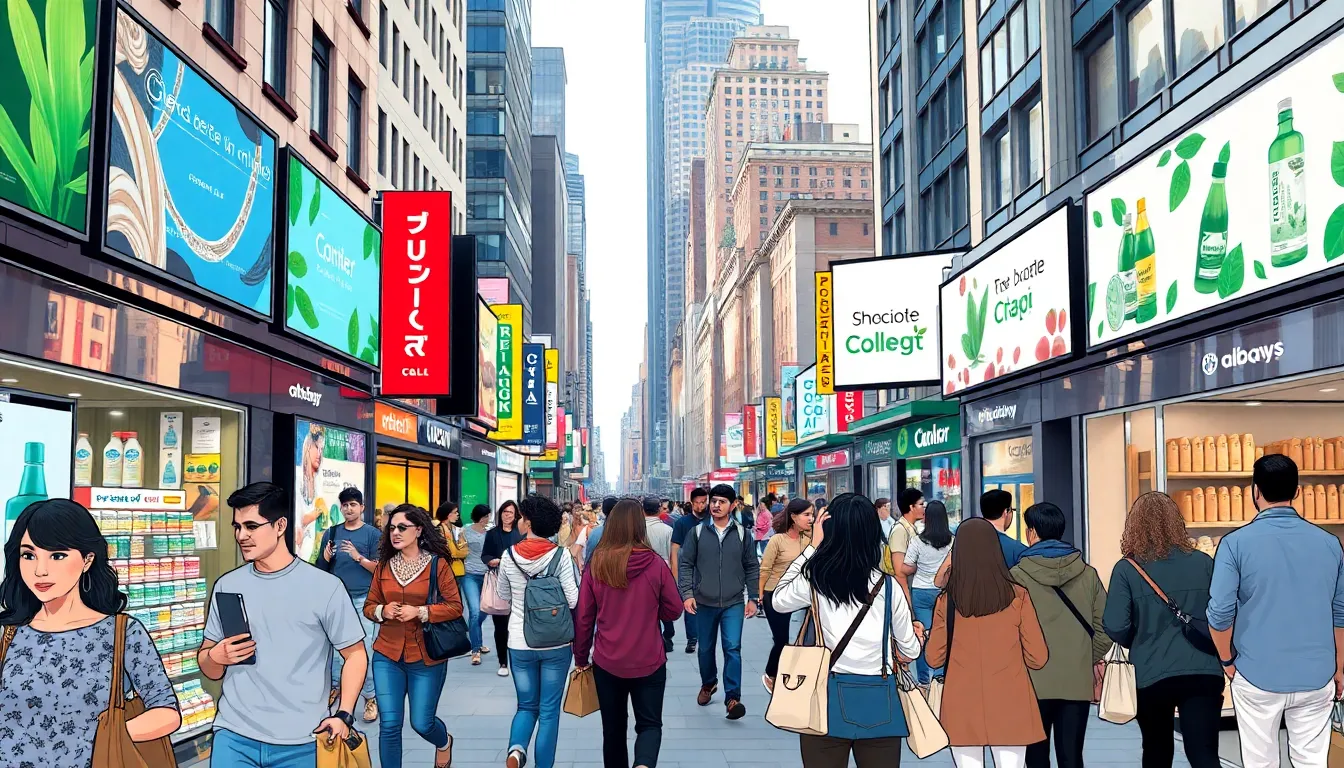
Economic trends can be categorized into long-term and short-term trends, each influencing markets and consumer behavior.
Long-Term Economic Trends
Long-term economic trends exhibit gradual changes over extended periods. For instance, the shift towards digitalization continues to reshape various industries, as seen in the e-commerce industry’s growth, which reached approximately $4.9 trillion in global sales in 2021. Demographic shifts also play a crucial role, with aging populations affecting labor markets and consumer preferences. Sustainability is increasingly prioritized, with 66% of global consumers willing to pay more for eco-friendly products, signaling a long-lasting commitment to environmentally conscious practices.
Short-Term Economic Trends
Short-term economic trends reflect immediate changes in economic conditions. Inflation surged in 2021, with rates not seen in over a decade, leading to decreased consumer spending and cautious business operations. Seasonal buying patterns influence market behavior, particularly during holidays when retail sales spike. Events such as geopolitical tensions can create rapid fluctuations in oil prices, affecting transportation costs and overall economic stability. Businesses must remain agile, as these short-term trends require swift adjustments to strategies and operations.
Current Economic Trends Examples
Economic trends reflect significant shifts that impact global markets and local economies. Observing these trends offers critical insights for businesses and consumers.
Global Economic Trends
Global economic trends showcase impactful patterns that influence markets worldwide. The shift towards e-commerce notably continues, with global sales reaching approximately $4.9 trillion in 2021. Inflation surged to levels not recorded in over a decade during the same period, affecting purchasing power and spending habits. Technological advancements have driven corporate investments exceeding $50 billion in artificial intelligence and automation, enhancing operational efficiency. Sustainability has emerged as a priority, evident as 66% of consumers express willingness to pay more for eco-friendly products. These global sentiments shape buyers’ preferences and lead businesses to innovate and adapt strategies effectively.
Regional Economic Trends
Regional economic trends highlight variations based on geographical dynamics. In the U.S., the gig economy now accounts for around 36% of the workforce, illustrating shifts in employment structures. Urban areas experience rapid digitalization, influencing consumer behavior and service delivery. The rising cost of living in numerous regions pushes consumers to adjust their spending habits, particularly in essential goods. Furthermore, different states report varied inflation rates, which further complicate economic conditions. Each region responds uniquely to economic pressures, driving local businesses to customize their strategies and products to stay competitive.
Impact of Economic Trends on Businesses
Economic trends significantly influence business operations and strategies. Companies recognize changing consumer behaviors driven by the rise of e-commerce. In 2021, global e-commerce sales reached around $4.9 trillion, illustrating the urgency for businesses to adapt their digital presence.
Inflation poses another challenge, with rates in 2021 hitting levels not seen for over a decade. This inflation directly impacts consumer spending power and operational costs. Businesses adjust pricing strategies to maintain profitability while appealing to cost-conscious consumers.
Shifts in workforce dynamics emphasize the emergence of the gig economy. Approximately 36% of U.S. workers engage in gig work, leading companies to reconsider staffing models. Flexibility becomes a priority as businesses integrate gig workers into their operations for efficiency and adaptability.
Technological advancements also play a critical role. Investments in artificial intelligence and automation exceeded $50 billion in the U.S. in 2021. Enhanced efficiency from these technologies allows businesses to streamline processes and reduce costs.
Consumer preferences reflect a growing demand for sustainability. About 66% of global consumers express willingness to pay more for eco-friendly products. As a result, businesses adopt sustainable practices to attract environmentally conscious customers.
Long-term trends, such as digitalization and demographic shifts, require ongoing attention. Aging populations impact labor markets and consumer preferences. Short-term trends, like inflation spikes, necessitate agile responses from businesses.
Regional economic variations prompt localized strategies. Urban areas experience rapid digitalization while varying inflation pressures across states require tailored responses. Adaptability in strategies enhances competitiveness in diverse economic landscapes.
Understanding economic trends is essential for navigating today’s complex financial landscape. By staying informed about shifts like the rise of e-commerce and the gig economy, businesses can adapt their strategies to meet changing consumer demands. Awareness of inflation and technological advancements further equips stakeholders to make informed decisions.
As sustainability becomes a priority for many consumers, companies that embrace eco-friendly practices will likely find new opportunities for growth. Ultimately, recognizing both long-term and short-term trends will empower businesses and individuals alike to thrive amidst economic uncertainties.

